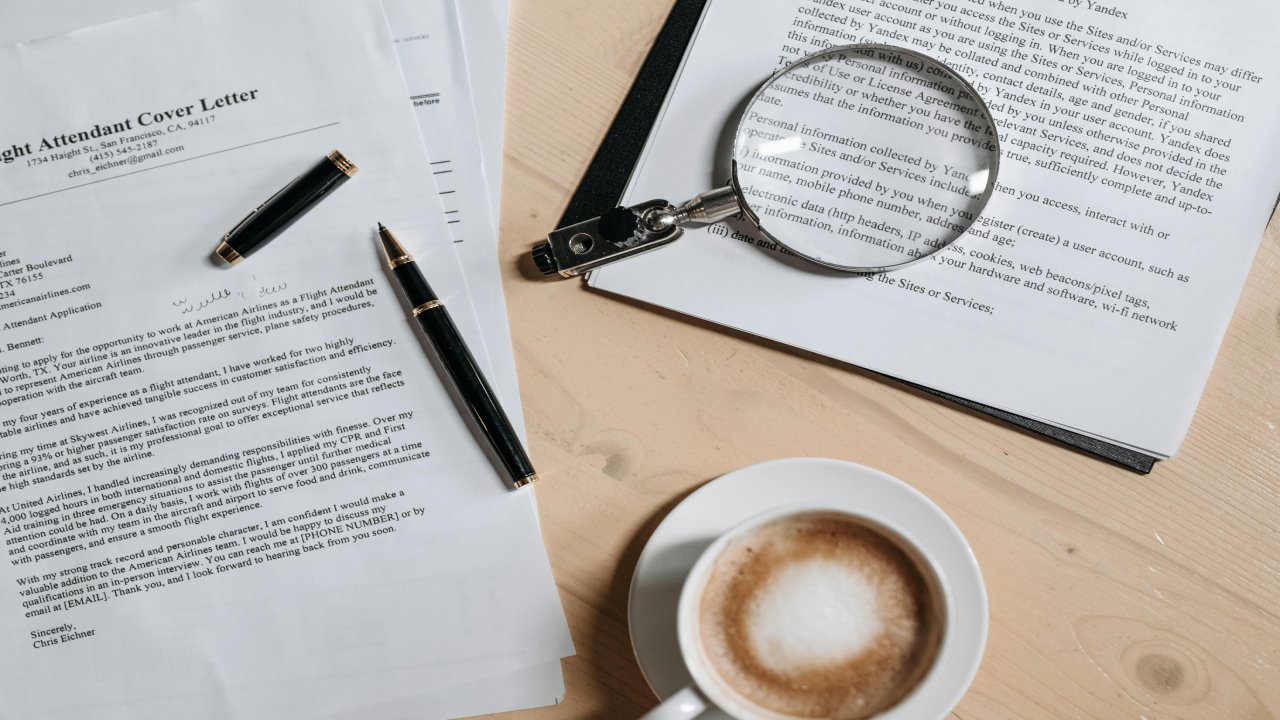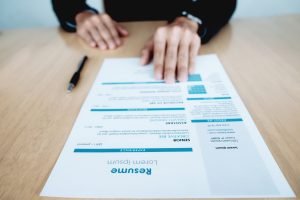Your cover letter serves as a bridge connecting your resume to the hiring manager, introducing yourself and explaining why you’re the ideal candidate for the position. In this extensive guide, we’ll unpack the fundamentals of writing a captivating cover letter, equipping you with the skills required to land more interviews.
Key Skills Required
To compose a compelling cover letter, develop the following skills:
- Research proficiency: Investigate the company, industry, and position to tailor your cover letter accordingly.
- Storytelling abilities: Share your unique story and experiences to connect with the reader emotionally.
- Grammatical accuracy: Minimize mistakes by proofreading your cover letter carefully.
- Conciseness: Keep your cover letter brief, focusing only on the most relevant details.
- Originality: Distinguish yourself from other candidates by infusing your cover letter with fresh ideas and perspectives.
Guide
Understanding the Purpose of a Cover Letter
A cover letter introduces you as a candidate, elaborating on your motivation for applying and highlighting your unique qualifications. Its purpose is to complement your resume, emphasizing your most relevant skills and experiences.
Tailoring Your Cover Letter
Customize your cover letter to match the specific job opening and company culture. Address the hiring manager directly, referencing the company and position in your opening lines.
Introducing Yourself
Begin your cover letter by briefly describing your current situation and motivations for applying. Provide contextual information, such as where you heard about the job opening or why you’re drawn to the organization.
Showcasing Your Qualifications
Highlight your most relevant skills and experiences, tying them back to the job requirements. Use concrete examples to illustrate your achievements and demonstrate your expertise.
Connecting with the Reader
Share your unique story and experiences to connect with the reader emotionally. Infuse your cover letter with originality and personality, distinguishing yourself from other candidates.
Ending Your Cover Letter
Conclude your cover letter by expressing your excitement about the possibility of joining the team and requesting an interview. Leave the reader with a sense of urgency and anticipation.
Formatting Best Practices
Adhere to standard formatting guidelines, keeping your cover letter brief, legible, and aesthetically pleasing. Follow a logical structure, dividing your cover letter into clear sections.
Common Mistakes to Avoid
Avoid repetitive language, excessive flattery, and irrelevant information. Proofread your cover letter carefully to eliminate grammatical errors and inconsistencies.
Conclusion
Composing a compelling cover letter necessitates research, originality, and emotional connection. By tailoring your cover letter to match the specific job opening and company culture, you can distinguish yourself from other candidates and increase your chances of landing an interview. Remember to keep your cover letter brief, focused, and grammatically correct.
FAQ
How long should a cover letter be?
Keep your cover letter brief, typically ranging from half a page to one full page.
Should I repeat my resume in my cover letter?
No, do not repeat your resume in your cover letter. Instead, elaborate on your most relevant skills and experiences, tying them back to the job requirements.
Does my cover letter need to match the exact format of my resume?
No, your cover letter doesn’t need to match the exact format of your resume. However, strive for consistency in terms of font, spacing, and margin settings.
Should I include my salary expectations in my cover letter?
Generally, it’s best to wait until the employer brings up compensation before revealing your desired wage.
How often should I update my cover letter?
Update your cover letter whenever you apply for new positions, ensuring that it reflects your latest skills, experiences, and achievements.
Should I submit my cover letter separately from my resume?
Submit your cover letter alongside your resume, preferably in a single PDF file.
Is it necessary to address the hiring manager personally in my cover letter?
If possible, address the hiring manager personally in your cover letter. This adds a personal touch and shows that you’ve done your homework.
Should I include references in my cover letter?
References aren’t usually included in cover letters. Save space for more relevant information instead.
Is it okay to copy and paste the same cover letter for multiple job applications?
No, don’t copy and paste the same cover letter for multiple job applications. Tailor your cover letter to match the specific job opening and company culture.
Should I attach my cover letter as a separate file or embed it within my resume?
Embed your cover letter within your resume, preferably in a single PDF file. This makes it easier for the recruiter to view both documents simultaneously.











